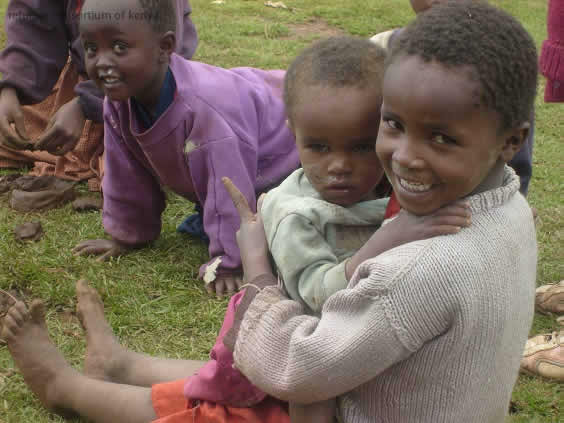Assessing drought displacement risk for Kenyan, Ethiopian and Somali pastoralists
This study represents an initial attempt to assess patterns of displacement related to droughts in selected countries of the Horn of Africa, specifically the border regions of Kenya, Ethiopia and Somalia.




